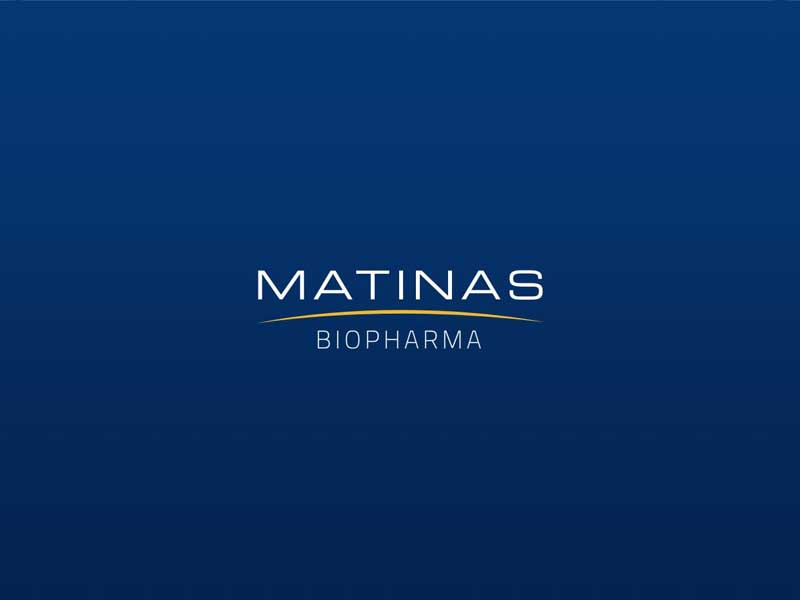Human beings may have had the most fascinating abilities in their bag, but when comes to shove, we won’t find anything more valuable in it than our ability to grow on a consistent basis. This progressive approach, on our part, has already got the world to hit upon some huge milestones, with technology appearing as a major member of the stated group. The reason why technology enjoys such an esteemed stature among people is, by and large, predicated upon its skill-set, which ushered us towards a reality that nobody could have ever imagined otherwise. Nevertheless, if we look up close for a second, it will become clear how the whole runner was also very much inspired from the way we applied those skills across a real world environment. The latter component was, in fact, what gave the creation a spectrum-wide presence, and consequentially, kickstarted a tech revolution. Of course, this revolution then went on to scale up the human experience through some outright unique avenues, but even after achieving such a monumental feat, technology will somehow continue to produce the right goods. The same has grown increasingly evident over the recent past, and assuming one new healthcare-themed development shakes out just like we envision, it will only make that trend bigger and better moving forward.
Matinas BioPharma, a clinical-stage biopharmaceutical company focused on delivering groundbreaking therapies using its lipid nanocrystal (LNC) platform technology, has officially released the results it got from a series of in vivo studies, where it showed successful oral delivery of two LNC-formulated small single-strand oligonucleotides that target key inflammatory cytokines TNFα and IL-17A. Starting from TNFα, the company here leveraged one dextran sulfate sodium (DSS)-induced murine colitis model to evaluate an orally administered LNC-delivered small oligonucleotide, known for targeting TNFα mRNA synthesis. According to certain reports, by using a quantitative real-time PCR analysis, Matinas was able to reach a conclusion that colon tissue TNFα mRNA levels were notably lower following the administration of active LNCs. To give you concrete figures, the findings revealed an almost 37% reduction in serum TNFα levels, when compared, as a reference, with diseased but untreated animals. Apart from that, it was also discovered that the active LNC formulation can instigate an important upgrade for the clinical disease activity scores. Moving on to our IL-17A model, which was centered on imiquimod (IMQ)-induced murine psoriasis to study LNC-delivered small oligonucleotide, meant for inhibiting IL-17A mRNA synthesis. In case you weren’t aware, IL-17A mRNA synthesis is very well known for its role in the progression of psoriatic skin lesions. Interestingly enough, quite similar to what we saw during the other model’s demonstration, skin tissue levels of IL-17A mRNA in the IMQ psoriasis model were lower with orally administered active LNCs, if pitted against IMQ alone. Furthermore, although IL-17A serum levels were not expected to change, the study did display an enhancement in regards to clinical disease markers of skin redness and scaling. Such an improvement would do a fair amount to reinforce the biological activity of these small oligonucleotides.
Having discussed the discoveries conceived across Matinas’ two separate studies, we must mention that company is now focused on analyzing tissue and histologic data from both the experiments.
“While additional study is warranted, the successful oral delivery of small oligonucleotides is very exciting and we believe these data demonstrate how Matinas’ LNC platform could be used for the oral delivery of functional small oligonucleotides with potential therapeutic applications. Importantly, the unique nature of the particular oligonucleotides evaluated in these studies, which interfere with cytokine synthesis rather than simply targeting the cytokine itself, creates additional opportunities for potential future applications of LNC-delivered therapeutics, either alone or in combination with other therapeutics with different mechanisms of action,” said James Ferguson, M.D., Chief Medical Officer at Matinas BioPharma.
The move in question delivers a rather intriguing follow-up to Matinas’ recent decision, which established the in vitro potency of these proprietary oligonucleotides and their LNC formulations in knocking down their respective cytokine targets across cultured cells. However, that’s not the only area of focus for the company. You see, Matinas’ lead candidate is actually a LNC-based therapy called MAT2203, an oral formulation of the broad-spectrum antifungal drug named amphotericin B. A thing worth mentioning here is how amphotericin B is highly potent, but at the same time, it is associated with significant toxicity. Matinas’ take, however, provides oral delivery of the same without significant nephrotoxicity. Coming back to the company’s LNC technology, it has also displayed strong potential in solving challenges related to safe and effective intracellular delivery of both small molecules and larger, more complex molecular cargos such as small oligonucleotides, ASOs, and siRNA. For the future, Matinas is hoping to combine its unique mechanism of action and flexibility with varying administration routes, and therefore, become the most preferred next-generation, orally available, intracellular drug delivery platform.
“We believe that our proprietary encapsulation and oral delivery methods could be applied to other small oligonucleotides, including RNAi therapeutics such as siRNA and antisense oligonucleotides,” said Jerome D. Jabbour, Chief Executive Officer of Matinas BioPharma. “While a variety of methods for administering small oligonucleotides exist, most are primarily directed to the liver, and none provide oral administration and delivery capabilities. The opportunity to orally deliver small oligonucleotides with extra-hepatic targeting could be key differentiating features in rapidly advancing anti-inflammatory therapy. We plan to further review the data from these inflammatory disease models to determine the best path forward for this program.”



















